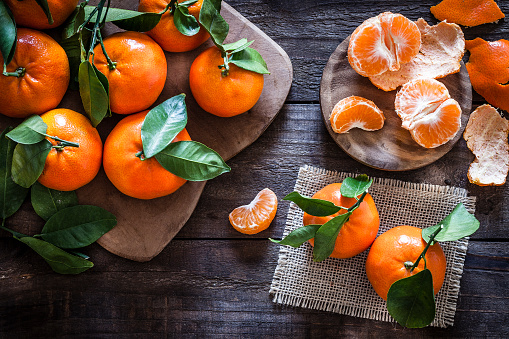



Article by: Hari Yellina
The current state of the worldwide mandarin market is highly reliant on where one looks. Some major producing nations have had more luck than others, with Australia anticipating a big crop, while North America, Italy, and Spain are all suffering from bad weather throughout their growing seasons. Though sales are generally favourable (with the exception of Germany, where demand appears to be low at the time), the possibility of surplus fruit lurks over the worldwide mandarin market if the Russian market closes as a result of the ongoing invasion of Ukraine.
According to a Dutch importer, the Netherlands receives a large amount of citrus from Spain. “When it comes to mandarins, Nadorcott and Tango with leaf are the most popular options. Those sales seem to be going well. The prices range from roughly 10 Euro for small sizes to around 12.50-13 Euro for large ones. In addition, the crisis in Ukraine and Russia has impacted the import trade. Everyone appears to be a little hesitant to load. The market as a whole is considerably calmer than usual.
Poor weather has hampered citrus production in France this season, leading prices to rise as a result of decreased supplies. Consumers were turned off by the higher pricing, which resulted in a drop in consumption. Mandarins, on the other hand, have gained market share over the historically popular clementine. The mandarin, which fits well in this setting, is becoming increasingly popular among French consumers as agroecology gains traction.
The Australian mandarin season will begin in the coming weeks, with Queensland mandarins expected to be the first to peak. Volumes are predicted to be good across the board, while some fruit may be marked due to unfavourable weather conditions in the spring and early summer. According to an industry source, citrus production in the United States may be short this year, leaving empty markets in Asia and other places for Australian producers if they can get the fruit there given current sea freight issues. While the Russia-Ukraine crisis, like most other sectors across the world, might have an impact on Australian citrus, even if not directly, the potential flow-on consequences of having more fruit in the country could. Domestic concerns, like labour shortages, continue to be a source of difficulty for growers.
According to data, the good citrus production this year will be pleasant news after slight volume and value losses last year. After increases of 10% and 20% in the previous years, Australia produced 163,499 tonnes of mandarins for the year ending June 2021, valued at $341.9 million (down 4%). Exports were also down 23% in volume (to 59,563 tonnes) and value (to $143.8 million), with China accounting for 23% of Australian mandarin exports. With 32,991 tonnes, Queensland was the leading producer.